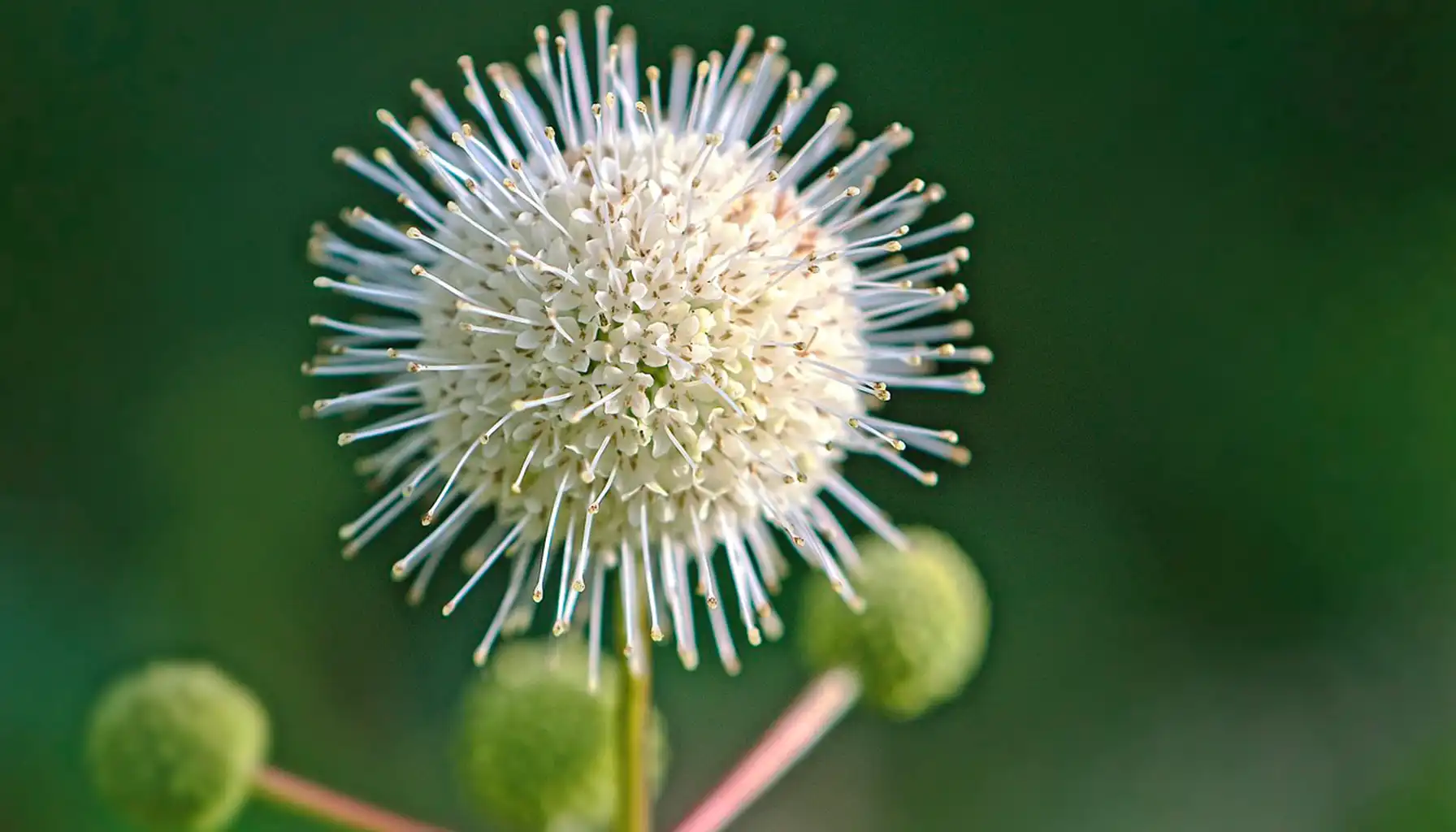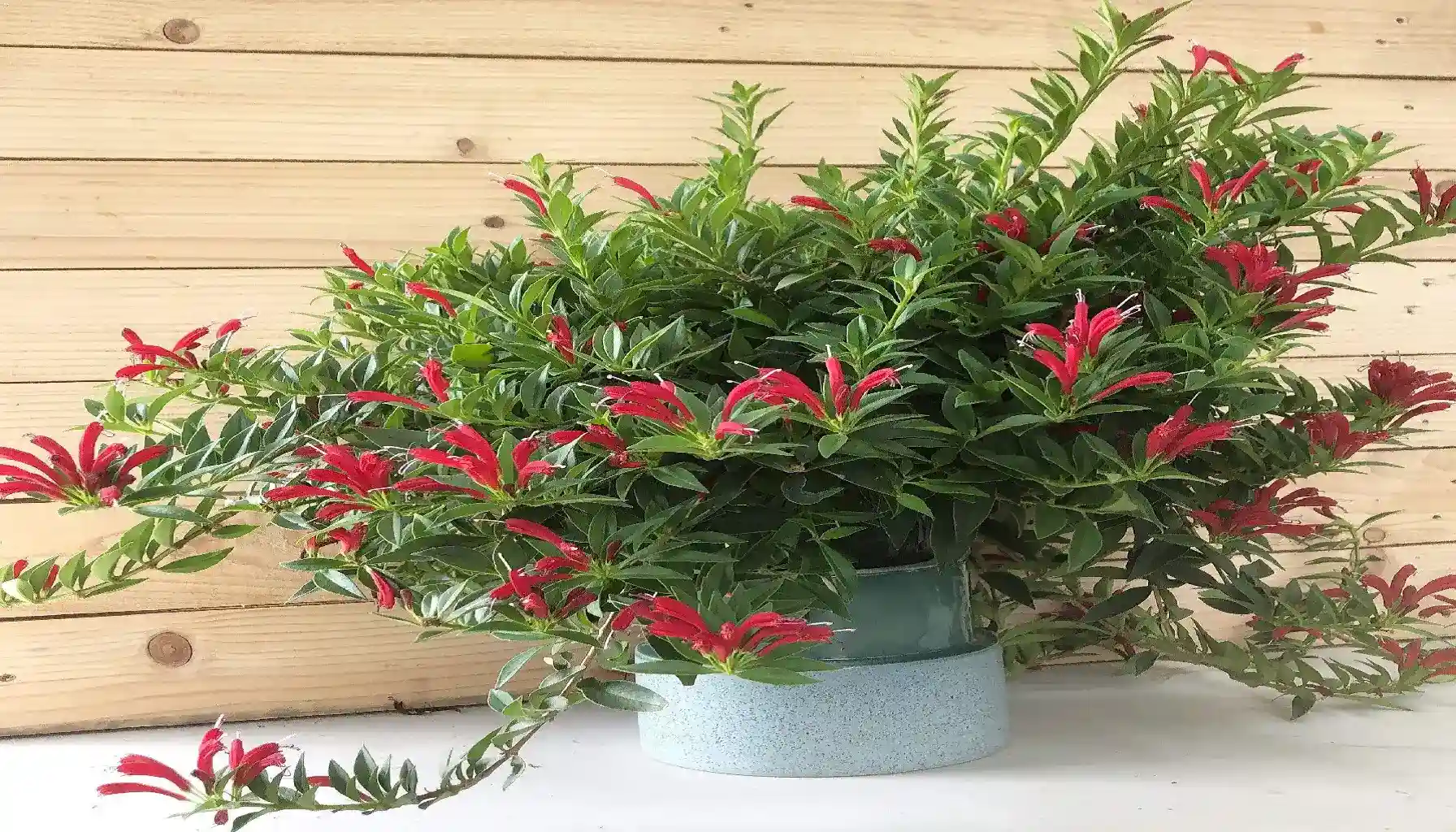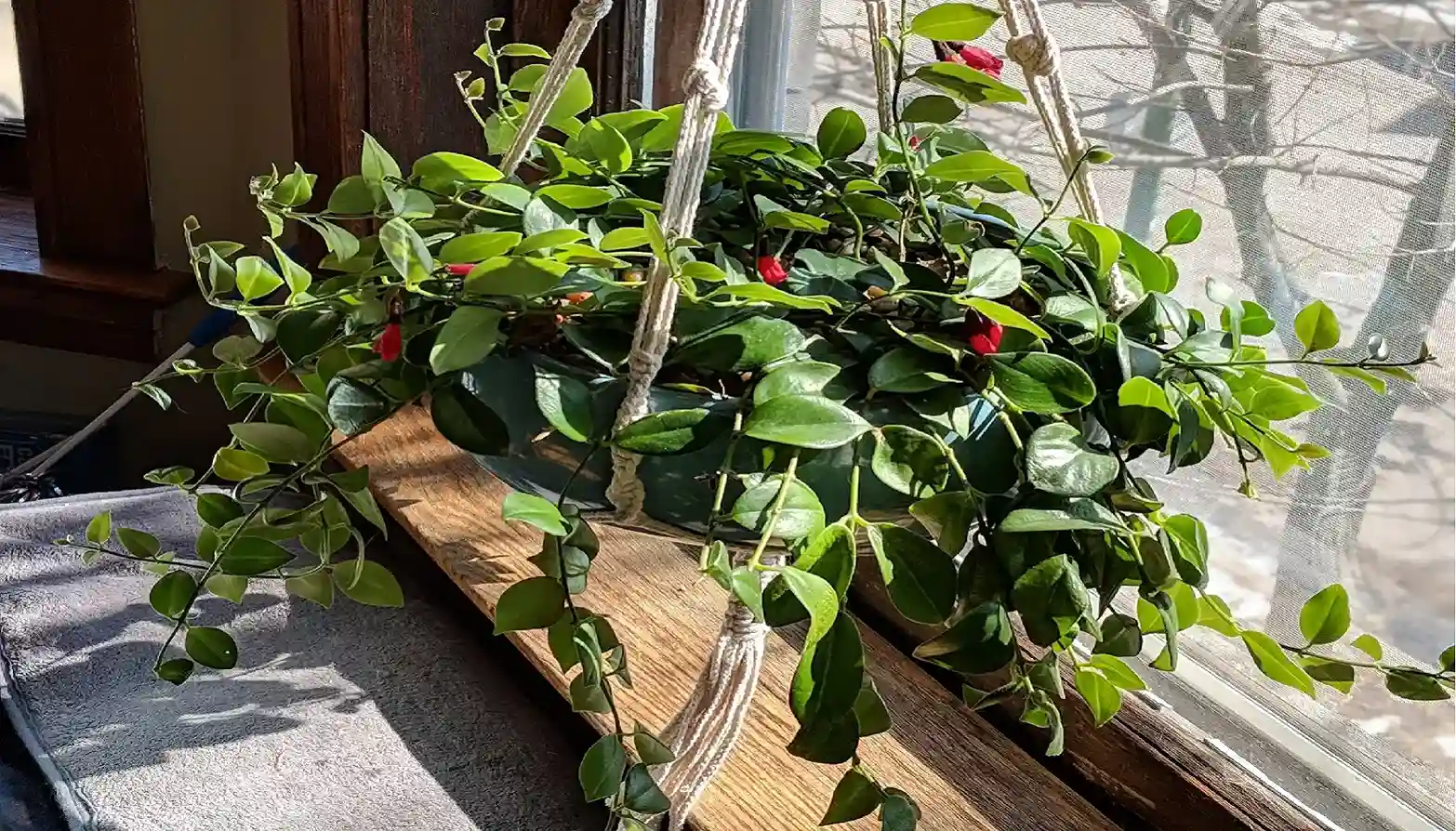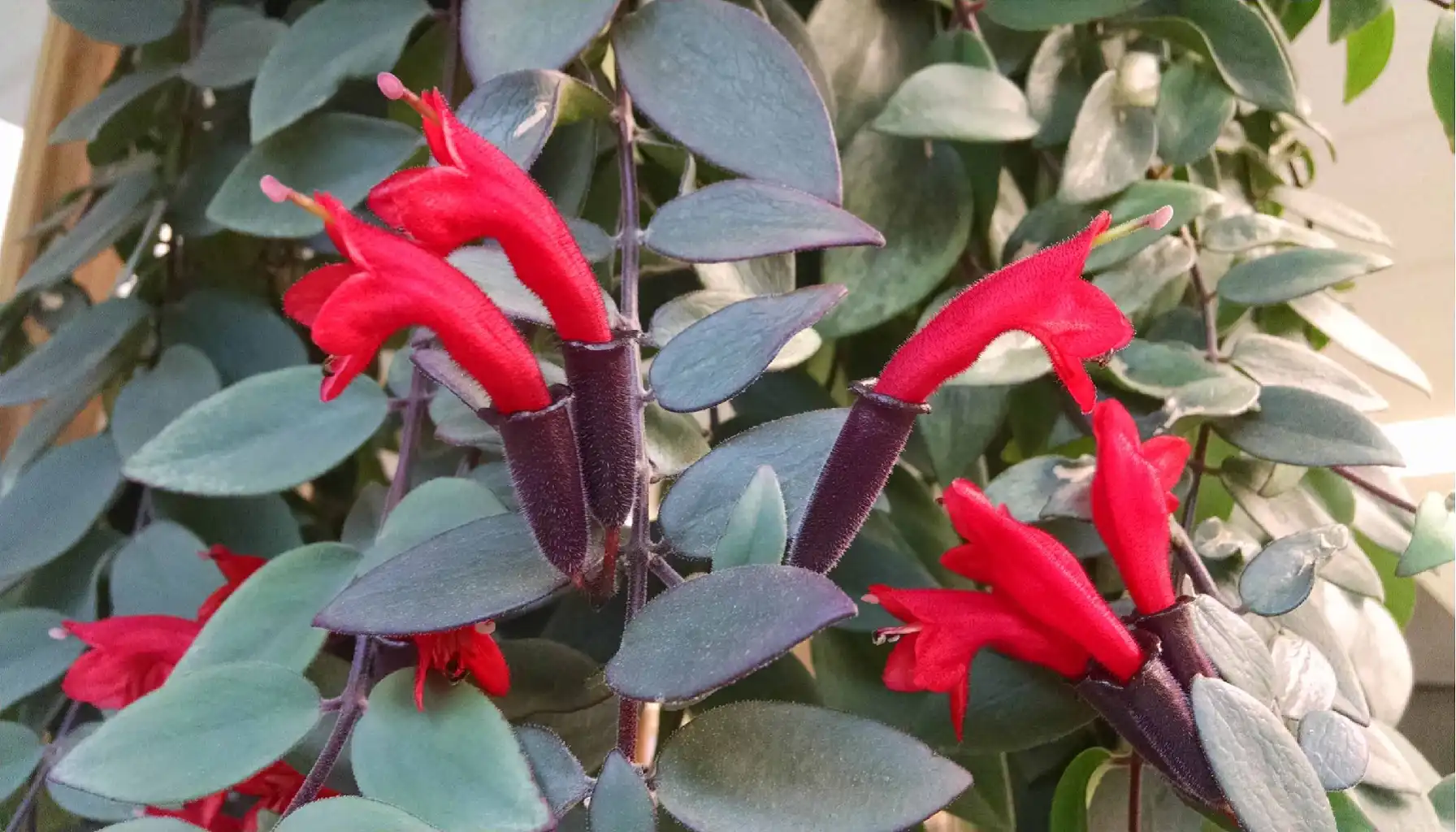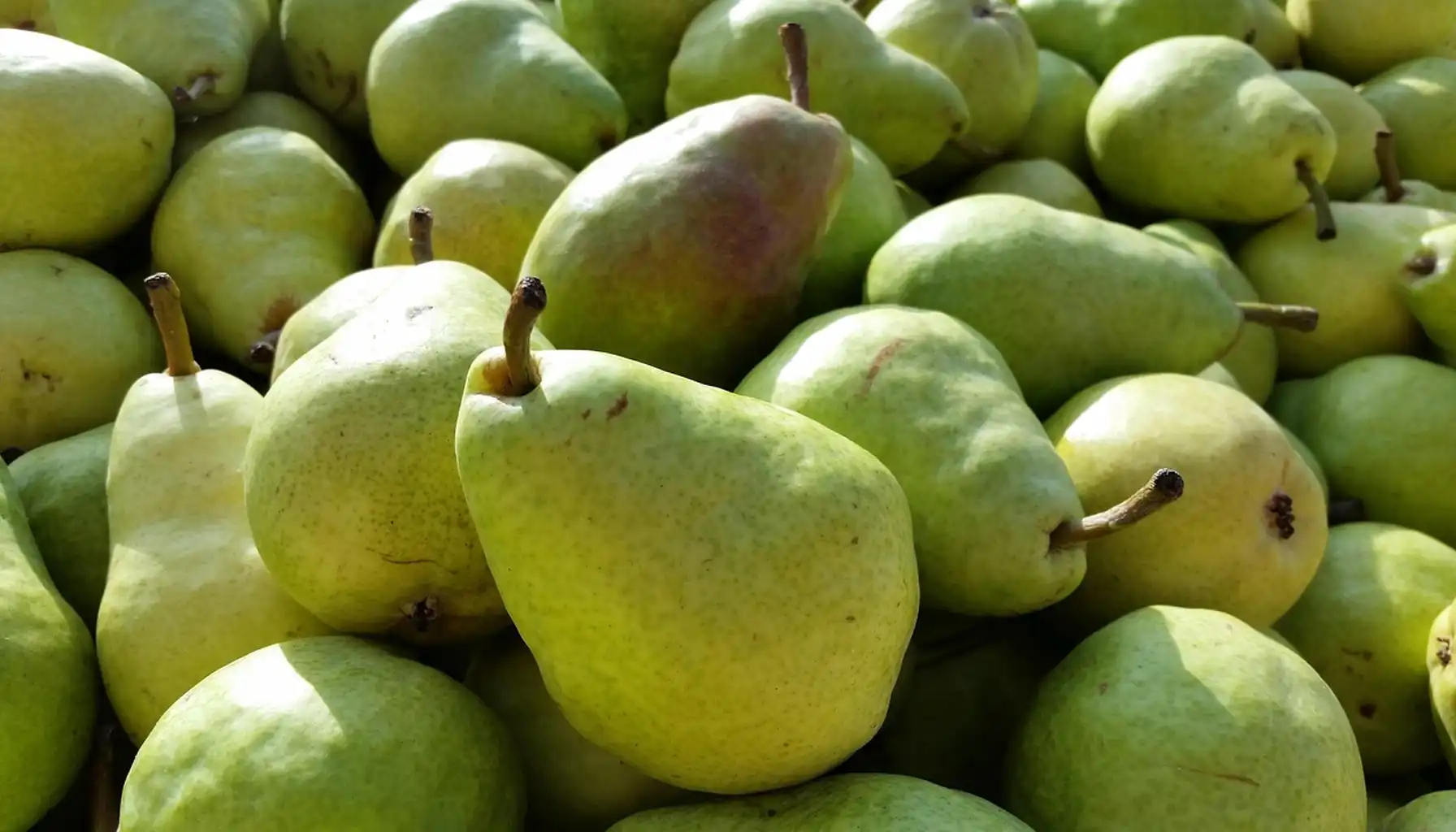Sometimes, names come from the most obvious characteristics of the plant, however trite such a scientific habit may be. Nonetheless, it is an integral part of human perception – we see something striking, familiar, or simply peculiar, and we name it accordingly. So it goes with the lipstick plant varieties, tropical floral creations with distinctive red buds that look exactly like lipstick twisted open.
Its memorable nickname unites several distinct species and cultivars within the same genus, yet certain kinds can be of particular interest for us, gardeners. Let us briefly review the main types of lipstick plants with pictures. What do they look like? And how can a simple plant ID tool help one manage a garden routine on the spot?
What Is a Lipstick Plant? Traits and Varieties
Let us start with the basics. The term “lipstick plant” typically refers to a number of species found within the Aeschynanthus genus, i.e., a group of over 150 evergreen plants native to the humid rainforests of Southeast Asia. These are epiphytes by nature, often found clinging to tree branches in their native habitats, where they thrive in filtered light and high humidity.
Apart from their eloquent name, there is one more thing that makes them what they are – the flower structure. This species may (and does) boast bold, tubular buds that push through a dark, waxy calyx, just like a lipstick may be twisting out of its case. The most widely recognized variety, though, is Aeschynanthus radicans, all thanks to its trailing growth habit, relative resilience, and the fleshy, smooth-edged leaves that are deep green and elliptical.
Yet, the beauty of Aeschynanthus radicans does not stop at one species. This very variety, on its part, is also full of different subspecies, each with its own special traits and character:
“Mona Lisa Lipstick Plant” – Presents orange-red flowers and vigorous growth.
“Rasta Lipstick Plant” – Features densely curled leaves and bright red flowers.
“Curly Lipstick Plant” – Demonstrates twisted, spiraling foliage.
“Tangerine Lipstick Plant” – Offers a softer color palette with orange-yellow blooms.
“Variegated Lipstick Plant” – Boasts leaves marbled with white, cream, or yellow.
“Black Pagoda Lipstick Plant” – Characterized by mottled foliage and subtle blooms.
The Main Characteristics |
Scientific Name | Genus: Aeschynanthus Aeschynanthus radicans (most common) |
Common Name | Lipstick Plant, Lipstick Vine |
Plant Type | Evergreen tropical vine (epiphytic) |
Family | Gesneriaceae |
Origin | Southeast Asia (notably Malaysia and Indonesia) |
Growth Habit | Trailing or arching vine, often grown in hanging baskets |
Leaf Shape | Elliptical to lance-shaped |
Leaf Features | Fleshy, smooth-edged, dark green; some varieties have curled or variegated leaves |
Flower Shape | Tubular, emerging from a dark calyx |
Flower Colors | Red, orange-red, orange-yellow, depending on the variety |
Toxicity | Generally considered non-toxic to pets, but ingestion may still cause mild discomfort |
Are pink lipstick plants toxic to cats? Good news: according to the ASPCA and other reputable sources, these are not listed as toxic plants poisonous to cats, dogs, or other common pets
Lipstick Plant Care Basics
You do not necessarily need to have a green thumb to keep your garden healthy. The key is knowledge, which does require consistency, patience, and attention to detail. How to take care of a mini variegated lipstick plant and the rest of the types properly?
Watering
LPs typically need lightly moist conditions, but being waterlogged means fatal consequences.
Water when the top 1 to 2 inches (2.5 to 5 cm) of soil are dry.
Use room-temperature, filtered or distilled water if possible.
Reduce watering frequency in winter.
Avoid letting the plant sit in standing water. This may lead to root rot, a major problem of ornamental houseplants in general.
Soil
As epiphytes, LPs only thrive in loose, airy soil that feels like their natural habitat. To make it possible, follow the instructions provided below:
Use a well-draining mix, e.g., orchid mix + perlite OR peat-based soil + bark or coco coir
Make sure the pot has proper drainage holes.
Avoid heavy garden soil or compact mixes that retain too much moisture.
Repot it every 1-2 years to prevent soil compaction and the notorious root rot.
Related article: Regulations of Soil: How Does pH Level Affect Plant Growth
Light
Deep in their roots, all flowers keep the light... These creations obviously need bright, indirect light for them to stay blooming and full.
Place plants near an east or west-facing window with filtered light.
Avoid direct midday sun, which can scorch the leaves.
Too little light can lead to leggy growth and fewer flowers.
If natural light is limited, supplement with glow lights when possible.
Temperature & Humidity
Finally, here comes one of the most essential combinations of conditions that cannot live apart. As such, these tropical natives need warmth and humidity, which means:
Ideal temperature range: 65 to 80°F (18 to 27°C).
Avoid drafts, cold windowsills, or temps below 60°F (15°C).
Maintain humidity above 50%; ideal range is 60 to 80%.
Boost humidity with a room humidifier or a pebble tray with water beneath the pot
Misting can be optional, but it is never a substitute for ambient humidity.
Feeding & Fertilizing
It is not about lots of supplements needed for a species to grow. No, colored, as well as the black lipstick plants, do not need a lot, but regular fertilization during their active growing season can be quite logical.
Frequency: Feed every 2 to 4 weeks during spring and summer (active growing season). In winter and late fall, then, reduce feeding, for the plant enters dormancy.
Type of Fertilizer: Obviously enough, use a balanced, water-soluble houseplant fertilizer (e.g., 10-10-10 or 20-20-20).
Dilution Tips: Always dilute fertilizer to half or quarter strength to avoid root burn. Flush the soil with plain water every few months to prevent salt buildup.
Organic Options: Consider using liquid seaweed, worm tea, or compost tea for a gentler, organic approach.
See also: Night-Blooming Flowers for Moonlit Gardens
Pruning and Grooming: Is It Worth It?
Yes, absolutely yes! Regular pruning and grooming usually include trimming back leggy stems, removing dead or yellowing leaves, and occasionally pinching new growth. Although it is common knowledge, barely do people realize that the best season for pruning is the early spring! Anyway, here is what one should be aware of to become a proficient botanist so far.
How & When to Prune
Avoid heavy pruning in winter when the plant is less active.
Use clean, sharp scissors or pruning shears to make clean cuts just above a leaf node.
Technique: Trim back up to one-third of the plant at a time; snip leggy stems to encourage side shoots; regularly pinch growing tips to keep vines bushy.
Common Problems & Solutions
No one is immune to infestations and diseases, and plants might be prone to specific issues depending on their environment, care routine, and overall health. When in unpleasant conditions (e.g., too dry), these might reveal the most unexpected problems, recovering from which may even turn into a challenge.
Problem | Cause | Solution |
Yellowing leaves | Overwatering or poor drainage | Allow soil to dry slightly between waterings; ensure that a pot has drainage holes. |
Leaf drop | Sudden temperature fluctuations, low light, or underwatering | Keep your plant away from drafts; provide stable temps and consistent watering. |
Brown leaf tips or edges | Low humidity or salt buildup from fertilizer | Increase humidity; flush soil occasionally to remove excess salts. |
Leggy growth | Insufficient light | Move a plant to a brighter spot with indirect sunlight or use a grow light. |
Not blooming | Lack of light or feeding, or plant is too young | Provide bright indirect light; fertilize during the growing season. |
Wilting despite moist soil | Root rot from poor drainage | Check roots; repot in fresh, well-draining soil if roots are mushy or dark. |
Sticky leaves or black mold | Aphids or other pests | Pest control required. Rinse leaves; use insecticidal soap or neem oil as needed. |
White fuzz or cottony patches | Mealybugs | Isolate the plant; wipe affected areas with alcohol-dipped cotton swabs. |
Webbing or tiny specks | Spider mites | Mist more frequently; treat with neem oil or insecticidal soap. |
To learn more about diseases and the proven ways to treat them on time, try our application – AI Plant Finder. With the help of this instrument, one may identify issues from a photo and offer personalized care tips, treatment plans, and prevention strategies.
It is your smart assistant that turns your garden into a healthier, thriving place full of happy plants. Good luck!
AI Plant Finder Related Posts
